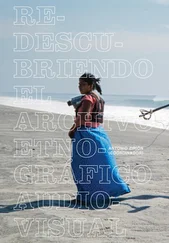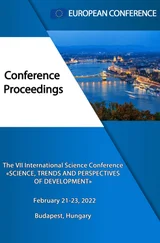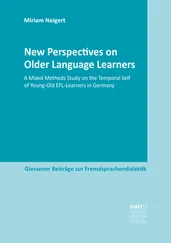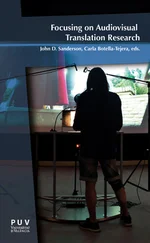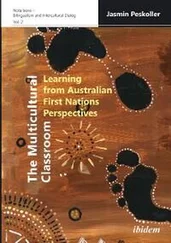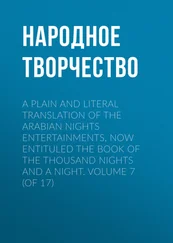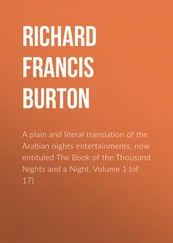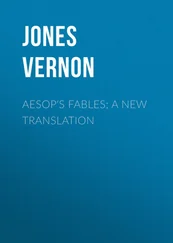Carrero Martín, José Fernando, Beatriz Cerezo Merchán, Juan José Martínez Sierra, and Gora Zaragoza Ninet (2019). «Apuntes sobre la situación de la traducción audiovisual en la academia, la docencia y la industria». In José Fernando Carrero Martín, Beatriz Cerezo Merchán, Juan José Martínez Sierra and Gora Zaragoza Ninet (eds.). La Traducción Audiovisual. Aproximaciones desde la Academia y la Industria , 1-4. Granada: Editorial Comares.
Cerezo Merchán, Beatriz (2019). «Audiovisual Translator Training». In Pérez-González, Luis (ed.). Routledge Handbook of Audiovisual Translation 2, 468-482. Oxon / New York: Routledge.
Chaume, Frederic (2018). «An Overview of Audiovisual Translation: Four Methodological Turns in a Mature Discipline». Journal of Audiovisual Translation 1 (1): 40-63.
Common Sense Advisory (2020). The Top 100 Language Service Providers: 2020 . CSA Research. Retrieved from: < https://csa-research.com/More/Featured-Content/Global-Market-Study/Top-100-LSPs> (Accessed 20 January 2021).
European Union (2010). Directive (EU) 2010/13 of the European Parliament and of the Council of 10 March 2010 on the coordination of certain provisions laid down by law, regulation or administrative action in Member States concerning the provision of audiovisual media services (Audiovisual Media Services Directive) . Retrieved from: < https://eur-lex.europa.eu/legal-content/ES/ALL/?uri=CELEX%3A32010L0013> (Accessed 20 January 2021).
European Union (2018). Directive (EU) 2018/1808 of the European Parliament and of the Council of 14 November 2018 amending Directive 2010/13/EU on the coordination of certain provisions laid down by law, regulation or administrative action in Member States concerning the provision of audiovisual media services (Audiovisual Media Services Directive) in view of changing market realities . Retrieved from: < https://eur-lex.europa.eu/eli/dir/2018/1808/oj> (Accessed 20 January 2021).
European Union (2019). Directive (EU) 2019/882 of the European Parliament and of the Council of 17 April 2019 on the accessibility requirements for products and services . Retrieved from: < https://eur-lex.europa.eu/eli/dir/2019/882/oj> (Accessed 20 January 2021).
European Union Agency for Fundamental Rights (2014). Are there legal accessibility standards for public and private audiovisual media? Retrieved from: < https://fra.europa.eu/en/publication/2014/indicators-right-political-participation-people-disabilities/audiovisual-standards> (Accessed 20 January 2021).
Globalization and Localization Association (2019). The Gaming Industry: A Growing Opportunity for LSPs. Retrieved from: < https://www.gala-global.org/knowledge-center/professional-development/blogs/gaming-industry-growing-opportunity-lsp> (Accessed 20 January 2021).
Mangiron, Carme (2021). «Panorama actual de la accesibilidad a los videojuegos». In Reverter Oliver, Beatriz, Juan José Martínez Sierra, Diana González Pastor y José Fernando Carrero Martín (eds.). Modalidades de traducción audiovisual. De clasificaciones y nuevas tendencias . Granada: Comares.
Martínez Sierra, Juan José (coord.) (2012). Fotografía de La Investigación Doctoral En Traducción Audiovisual . Madrid: Bohodón Ediciones.
Martínez Sierra, Juan José (ed.). (2017). Fotografía de La Investigación Doctoral En Traducción Audiovisual. Volumen 2 . Madrid: Punto Didot.
Pérez Escudero, Francisco (2018). «A Bibliometric Analysis of Doctoral Dissertations». In Sanderson, John D. and Carla Botella-Tejera (eds.). Focusing on Audiovisual Translation Research . Valencia: Publicacions de la Universitat de València.
Reverter Oliver, Beatriz (2019). Inclusión del alumnado con discapacidad sensorial y traducción audiovisual en las aulas de inglés de las EEOOII de la Comunitat Valenciana: un estudio exploratorio . Tesis doctoral, Universitat de València.
Shevenok, Sarah (2020). As Video-on-Demand Usage Climbs, Data Shows COVID-19 Will Keep Viewers Around . Morning Consult. Retrieved from: < https://morningconsult.com/2020/04/28/video-on-demand-surge-coronavirus/> (Accessed 20 January 2021).
Szarkowska, Agnieszka and Piotr Wasylczyk (2018). «Five Things You Wanted to Know about Audiovisual Translation Research, but Were Afraid to Ask». Journal of Audiovisual Translation 1 (1): 8-25. doi:10.47476/jat.v1i1.41.
Wijman, Tom (2020). «The World’s 2.7 Billion Gamers Will Spend $159.3 Billion on Games in 2020; The Market Will Surpass $200 Billion by 2023». Newzoo . Retrieved from: < https://newzoo.com/insights/articles/newzoo-games-market-numbers-revenues-and-audience-2020-2023/> (Accessed 20 January 2021).

Audiovisual Translation Migrates to the Cloud: Industry, Technology and Education
ALEJANDRO BOLAÑOS GARCÍA - ESCRIBANO
University College London
1
Introduction
Audiovisual translation (AVT) has grown extensively in the past few decades, moving from the margins to the mainstream of translation scholarship, and so has the AVT market, which continues to grow by leaps and bounds worldwide (MESA 2019).
In an industry spearheaded by fast-paced technological developments, the demand for tech-savvy and well-trained language professionals is an enduring reality nowadays. Translators are expected to excel at language-related tasks in professional settings by putting their technological literacy into practice. The AVT industry constitutes an ever-changing landscape (Baños and Díaz-Cintas 2015), so professionals need to become more imaginative to keep abreast of a growing list of innovations and remain employable. Today, the newest technologies in the AVT industry are taking the form of browser-based platforms and systems as well as other tools made available through the internet and thus occurs the steady migration of translation workbenches and workflows to the cloud.
The nature and evolution of the AVT profession have far-reaching implications in its teaching. First, there is a greater need for well-trained localisers and translators that specialise in AVT; secondly, honing translation competences and providing trainees with a well-informed education and authentic training practices, including situational experiences, need to be prioritised; and, thirdly, industry conventions and software ought to have a wider presence in training environments. In short, the teaching of AVT in higher education and other educational settings should ultimately aim to satisfy the latest industry demands by using cutting-edge technology, where possible, in the classroom. This chapter aims to depict the status quo of industry technologies in order to justify and legitimise the proposal of a comprehensive inclusion of new technologies, with an emphasis on cloud-based systems, in AVT education.
2
Academic and professional landscapes of AVT in the 21st century
Although AVT remained practically untouched by scholars until the early 1970s (Pérez-González 2014), it is now considered a solid, relevant research field in academia. As a matter of fact, the literature has grown exponentially, leading to a significant body of published research (Pérez-Escudero 2018) as well as the expansion of AVT specialised training in higher education (Bolaños-García-Escribano and Díaz-Cintas 2019).
All AVT practices share at least one common denominator: the audiovisual text. It is understood that an audiovisual text is received aurally and visually at the same time and is conditioned by the interaction between the verbal and non-verbal signs, thus giving rise to four main components that are common to all audiovisual texts, i.e. the acoustic and visual channels and verbal and non-verbal signs (Zabalbeascoa 2008). For some scholars, however, audiovisual texts are far more complex and can be composed of up to fourteen different codes, thereby reinforcing the multimodal nature of AVT (Gambier 2013). These categories, further discussed by Delabastita (1989), allow for a better understanding of AVT practices, which can be subsumed depending on how the linguistic transfer is made.
Читать дальше


![Михаил Лермонтов - A Hero of Our Time [New Translation]](/books/27671/mihail-lermontov-a-hero-of-our-time-new-translati-thumb.webp)
